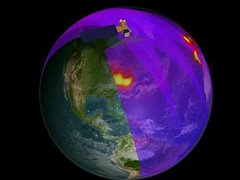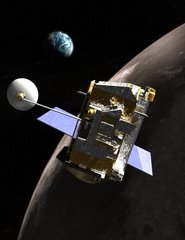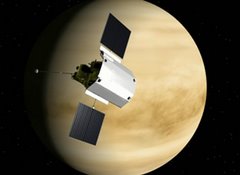
Recently I had the pleasure of writing an article about the Sample Analysis at Mars (SAM) suite of instruments onboard the Mars Science Laboratory (MSL) for the February 2008 issue of ChemMatters, which is a publication of the American Chemical Society for high school classrooms. Below is an excerpt from the article. To download and read the entire article (including a Spanish translation) and issue, as well as to access the accompanying teacher's guide, click here.
“Follow the yellow brick road”. “Follow the leader”. You’re probably familiar with both of these phrases. But who would want to “follow the carbon” and what does that even mean? To NASA, “follow the carbon” means to identify carbon-bearing compounds, their sources, and the processes that transform them in order to evaluate the habitability of Mars. And that is exactly what the Sample Analysis at Mars (SAM) suite of instruments onboard the Mars Science Laboratory (MSL) intends to do. MSL is scheduled to launch in late 2009 and will land on the surface of Mars in mid 2010, where it will spend at least one Mars year (687 Earth days) roving around the surface and collecting data. MSL will be the biggest rover yet to visit Mars. It will also carry the biggest suite of instruments ever sent to the martian surface, including a camera, neutron detector, laser, microscope, and an analytical laboratory. SAM is one component of this laboratory. SAM plans to “find the carbon” on Mars by collecting samples of the soil and atmosphere and analyzing them with three scientific instruments. Using the results obtained by the SAM instruments, scientists back on Earth will seek to investigate the habitability of Mars by answering the question, “What do the presence or absence and characteristics of key compounds at Mars tell us about the ability of Mars to support past or present life?”



